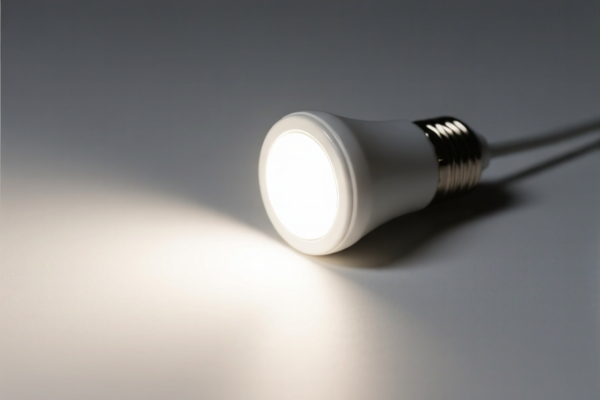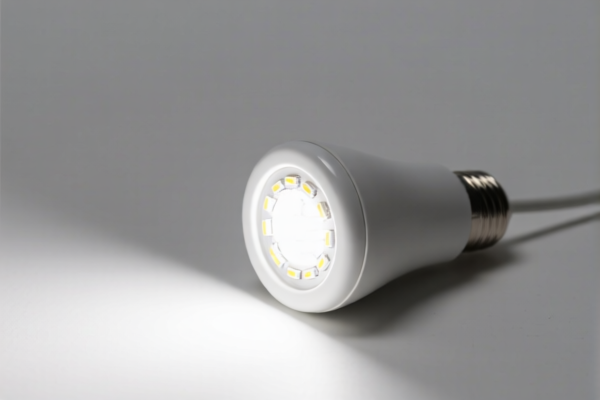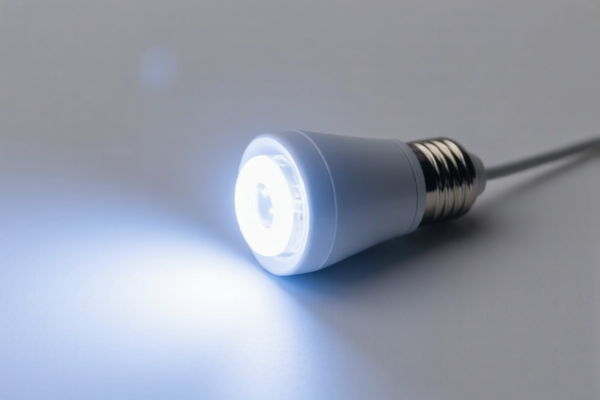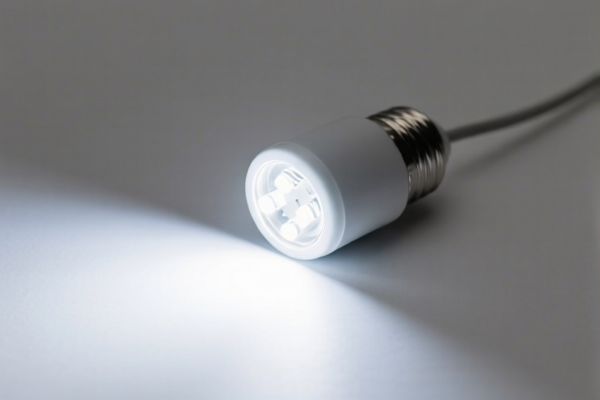| HS Code | Official Doc | Tariff Rate | Origin | Destination | Effective Date |
|---|---|---|---|---|---|
| 8310000000 | Doc | 55.0% | CN | US | 2025-05-12 |
| 9405114010 | Doc | 58.9% | CN | US | 2025-05-12 |
| 9405116010 | Doc | 62.6% | CN | US | 2025-05-12 |
| 8512906000 | Doc | 55.0% | CN | US | 2025-05-12 |
| 8512902000 | Doc | 57.5% | CN | US | 2025-05-12 |
| 8539228060 | Doc | 32.6% | CN | US | 2025-05-12 |
| 8539520091 | Doc | 32.0% | CN | US | 2025-05-12 |
| 8513102000 | Doc | 42.5% | CN | US | 2025-05-12 |
| 8513104000 | Doc | 33.5% | CN | US | 2025-05-12 |
| 8531809051 | Doc | 37.5% | CN | US | 2025-05-12 |
| 8531809005 | Doc | 37.5% | CN | US | 2025-05-12 |




Indoor Light
Indoor lights are sources of illumination designed for use within enclosed spaces, providing visibility, enhancing aesthetics, and contributing to the overall ambiance of a room. They differ significantly from outdoor lighting in terms of design, materials, and intended purpose.
Materials
A variety of materials are employed in the construction of indoor lights, impacting both their functionality and appearance:
- Metals: Aluminum, steel, brass, and bronze are common for fixtures' structural components, offering durability and heat resistance. Finishes range from polished chrome to brushed nickel and powder coating.
- Glass/Acrylic: Used for diffusers, shades, and globes, these materials soften and distribute light. Glass offers clarity and heat resistance, while acrylic is lighter and more impact-resistant.
- Plastics: Polycarbonate and other plastics are utilized in less demanding applications, often for affordability and design flexibility.
- Fabric/Paper: Used for shades, providing softer, diffused light and a decorative element.
- Wood: Employed in certain styles for aesthetic purposes, often in combination with other materials.
Purpose & Function
The primary functions of indoor lights include:
- General Illumination: Providing overall brightness to a space.
- Task Lighting: Focusing light on specific areas for activities like reading, cooking, or working.
- Accent Lighting: Highlighting architectural features, artwork, or decorative objects.
- Ambient Lighting: Creating a mood or atmosphere.
Usage Scenarios
Indoor lights are found in a wide range of environments:
- Residential: Homes, apartments, condos – including living rooms, bedrooms, kitchens, bathrooms, and hallways.
- Commercial: Offices, retail stores, restaurants, hotels, and schools.
- Institutional: Hospitals, libraries, and museums.
- Industrial: Warehouses and factories (though often specialized industrial lighting).
Common Types
Indoor lighting encompasses numerous categories:
- Ceiling Lights:
- Flush Mount: Installed directly against the ceiling, providing a low profile.
- Pendant Lights: Suspended from the ceiling by a cord, chain, or rod.
- Chandeliers: Decorative, multi-armed fixtures, often with crystals.
- Recessed Lights (Downlights): Installed within the ceiling, providing a clean, minimalist look.
- Track Lighting: Adjustable fixtures mounted on a track, allowing for flexible illumination.
- Wall Lights (Sconces): Mounted on walls, providing ambient or accent lighting.
- Table Lamps: Portable lights placed on tables or desks, providing task or ambient lighting.
- Floor Lamps: Portable lights placed on the floor, providing ambient or task lighting.
- Under-Cabinet Lights: Mounted beneath cabinets, providing task lighting for countertops.
- LED Strip Lights: Flexible, energy-efficient lights used for accent lighting or under-cabinet illumination.
- Smart Lights: Lights that can be controlled remotely via smartphone or voice assistants, often with adjustable color and brightness.
Light Sources
The source of illumination within indoor lights has evolved over time:
- Incandescent Bulbs: Traditional bulbs, now less common due to inefficiency.
- Halogen Bulbs: Brighter than incandescent, but also less efficient.
- Compact Fluorescent Lamps (CFLs): More efficient than incandescent, but contain mercury.
- Light-Emitting Diodes (LEDs): The most energy-efficient option, offering long lifespan and a wide range of color temperatures.
Color Temperature
Measured in Kelvin (K), color temperature affects the mood of a room:
- Warm White (2700K-3000K): Creates a cozy, inviting atmosphere.
- Cool White (3500K-4100K): Provides a brighter, more energetic feel.
- Daylight (5000K-6500K): Mimics natural daylight, ideal for task lighting.
The declared goods are described as "indoor light," referring to lighting fixtures intended for use within enclosed spaces. These fixtures typically utilize electric power to generate illumination and may include components such as housings, diffusers, and light sources.
The following HS codes are relevant based on the provided reference material:
- 8310000000: This HS code covers sign plates, name plates, address plates and similar plates, numbers, letters and other symbols, and parts thereof, of base metal, excluding those of heading 9405. While primarily for signage, it's included as a potential match if the "indoor light" incorporates such elements. The base tariff is 0.0%, with an additional 25.0% tariff, increasing to 30.0% after April 2, 2025, resulting in a total tariff of 55.0%.
- 9405114010: This HS code covers chandeliers and other electric ceiling or wall lighting fittings, excluding those of a kind used for lighting public open spaces or thoroughfares, designed for use solely with light-emitting diode (LED) light sources, of base metal, specifically brass household fixtures. The base tariff is 3.9%, with an additional 25.0% tariff, increasing to 30.0% after April 2, 2025, resulting in a total tariff of 58.9%.
- 9405116010: This HS code covers chandeliers and other electric ceiling or wall lighting fittings, excluding those of a kind used for lighting public open spaces or thoroughfares, designed for use solely with light-emitting diode (LED) light sources, of base metal, categorized as other household fixtures. The base tariff is 7.6%, with an additional 25.0% tariff, increasing to 30.0% after April 2, 2025, resulting in a total tariff of 62.6%.
- 8539228060: This HS code covers other filament lamps, excluding ultraviolet or infrared lamps, of a power not exceeding 200 W and for a voltage exceeding 100 V, specifically those not exceeding 150 W and including standard household fixtures. The base tariff is 2.6%, with an additional 0.0% tariff, increasing to 30.0% after April 2, 2025, resulting in a total tariff of 32.6%.
- 8539520091: This HS code covers light-emitting diode (LED) light sources, specifically LED lamps categorized as other. The base tariff is 2.0%, with an additional 0.0% tariff, increasing to 30.0% after April 2, 2025, resulting in a total tariff of 32.0%.
It is important to note that the applicable tariff rate may change after April 2, 2025, as indicated in the reference material. The specific HS code selection will depend on the detailed characteristics of the "indoor light," including its material composition, intended use, and light source technology.
Customer Reviews
No reviews yet.